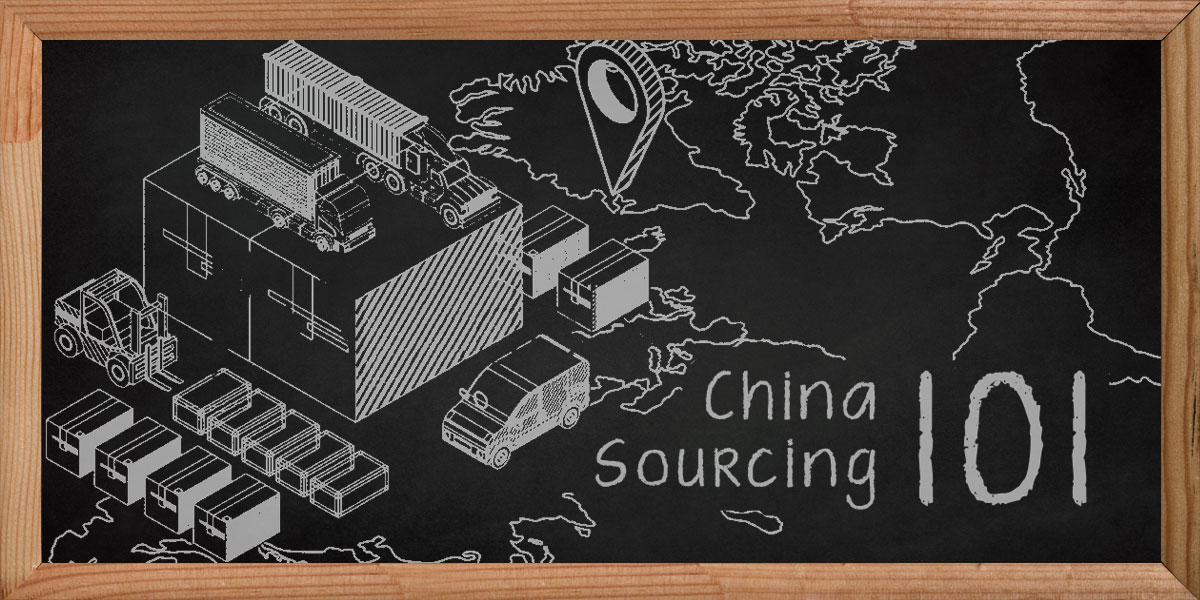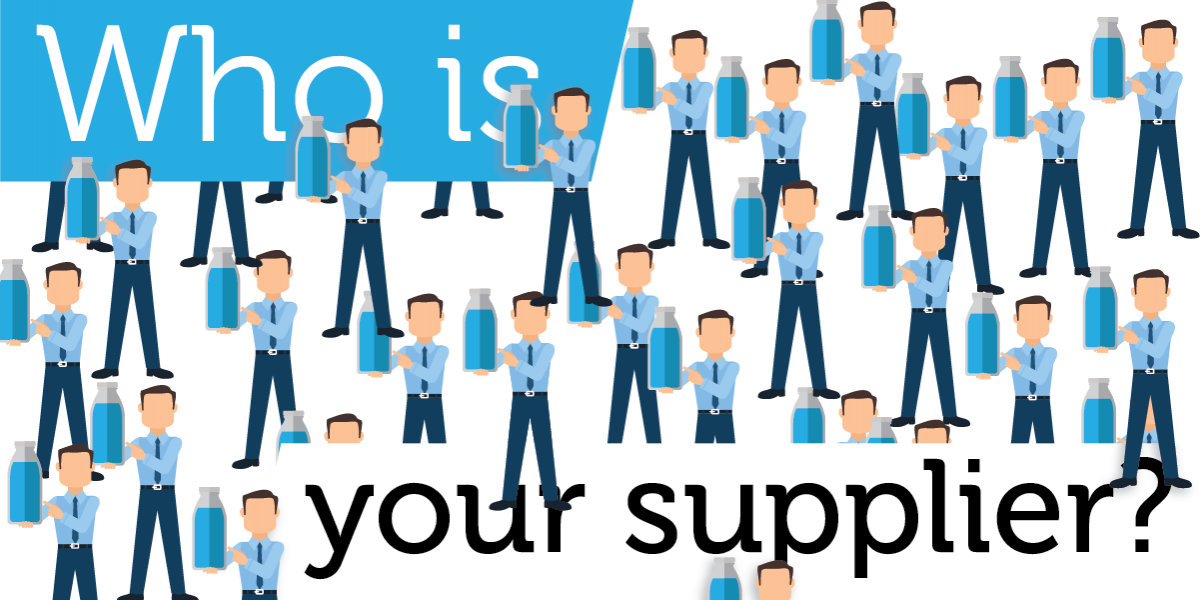We are excited to kick off our new blog, Glass Facts and what better place to start than by giving a quick 101 on things you really need to know when incorporating China into your supply chain. Most of the information below is geared toward glass products but that’s not to say it isn’t useful for a wide range of things you might be sourcing from China.
Let’s start from the beginning, the bottom line – costs. When you get a price, there is much more baked into that number than the product itself. Here’s what you need to consider:
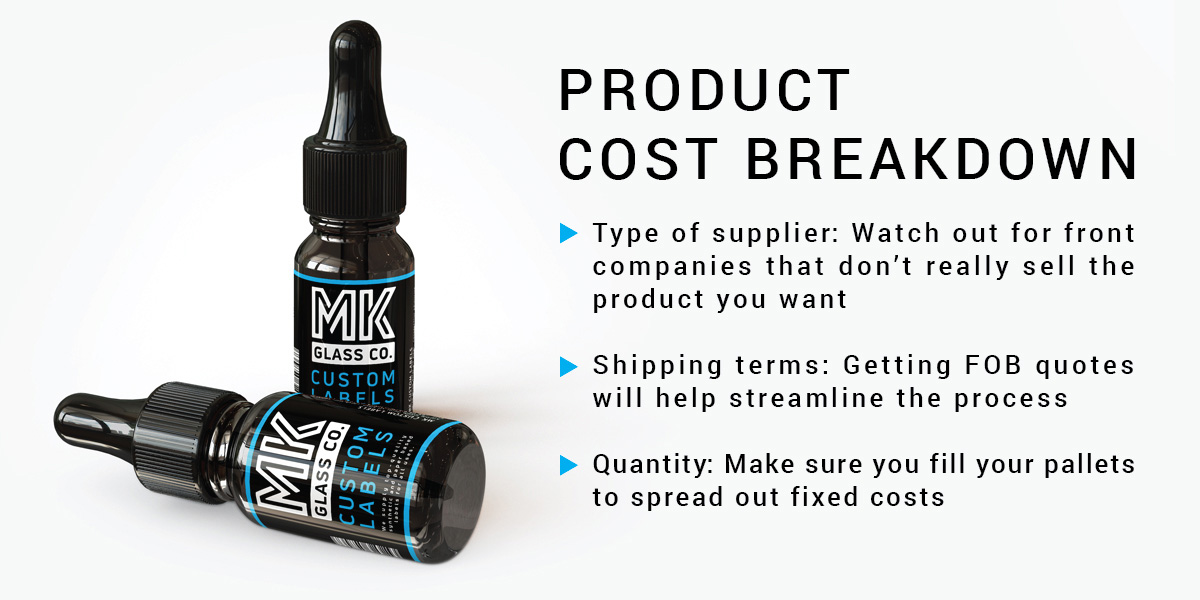
PRODUCT
Ideally you are buying products from a wholesaler and the specific piece that you are looking for is something the company has in stock, if so, you can get a good price. If not, there might be a bit of haggling involved.
* Pro-tip: The way you can usually know if the supplier you are talking to has the products in stock is by their readiness to send you 10-20 samples with a few cap variations. If you are dealing with a trading company that will take the order first and find the product later, they might only have a couple of the specific style and are unwilling to trade.
INCOTERMS
This convenient set of acronyms explains something very important in the process of souring goods from overseas. When does the cost and responsibility change hands between the buyer and seller? Free on board (FOB) is the most common incoterm used because this is where the exchange of cost and responsibility involves the least friction. Sellers can give FOB prices for any amount of goods going to anywhere the world quickly and effectively, which in turn, benefits you the buyer.
*Pro-tip: Don’t ask for delivery to your door right off the bat, it’s an answer that a supplier from China won’t be able to give you right away. Getting this information takes time and correspondence and it’s best to qualify the supplier as reputable before moving onto this step.
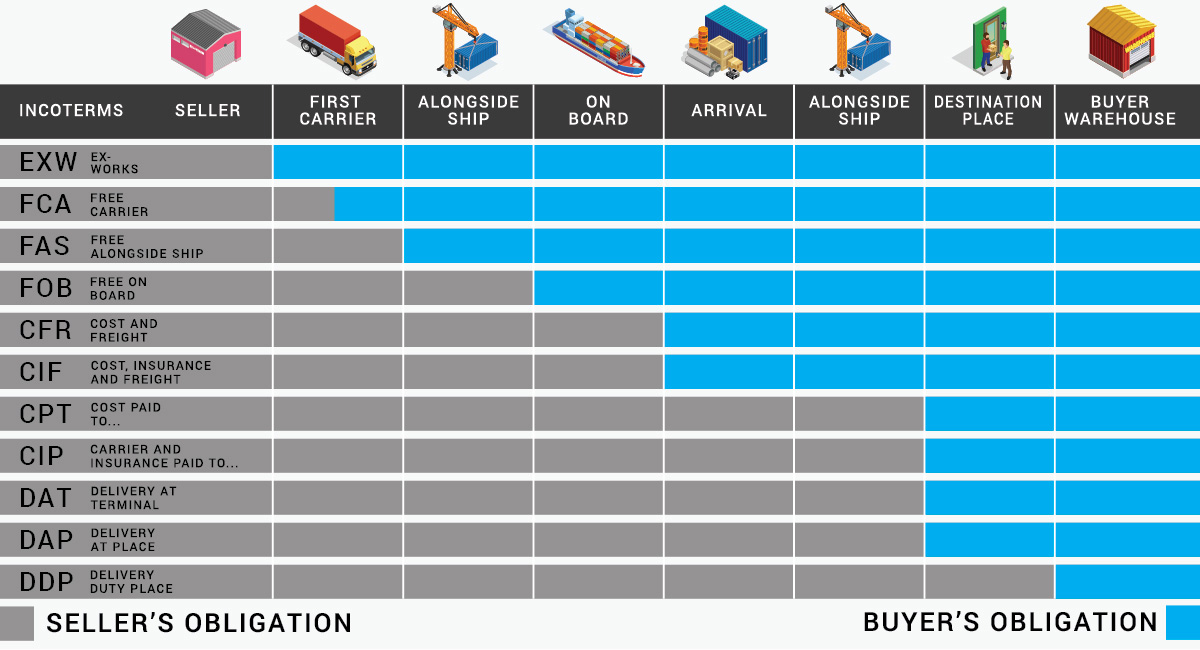
Quantity vs. Cost
Nine times out of ten the reason I get contacted by prospective customers is that they are under the assumption that sourcing from China is cheaper, which is generally true. However, you will only see cost benefits if you are ordering past a given quantity. To better understand this, let’s look at 3 simple rules:
1. Order by the Pallet: When you are getting quotes from suppliers, make sure to ask the maximum amount that will fit on a pallet. For a lot of costs involved you are going to be paying for a full pallet anyway so getting a small quantity that is only a fraction of a pallet will make your unit cost go up, which you don’t want!
2. FOB Costs: The minimum cost of getting a pallet of goods up to a port, through a port, onto a boat with all the paperwork you need is about $250. This number will be included in the FOB cost you get from your supplier. Furthermore, most of costs are not linear and many are fixed. The export costs involved with 1 pallet of goods might be $250 and for 5 pallets of goods it might be $400-500. The key is to understand that from under 1 pallet of goods these costs will make up about 70% of the price you pay but with larger shipments, it might be as low as 15%.
3. Customization: The way to get the most bang for your buck is to incorporate customization into your order. Generally, when branding the packaging for your product a glass bottle or jar is only 1 piece of the puzzle. Whether it’s boxes, labels, screen printing or caps you will see that pulling all of this together on the China side will save you a lot of cost, time and effort down the road.
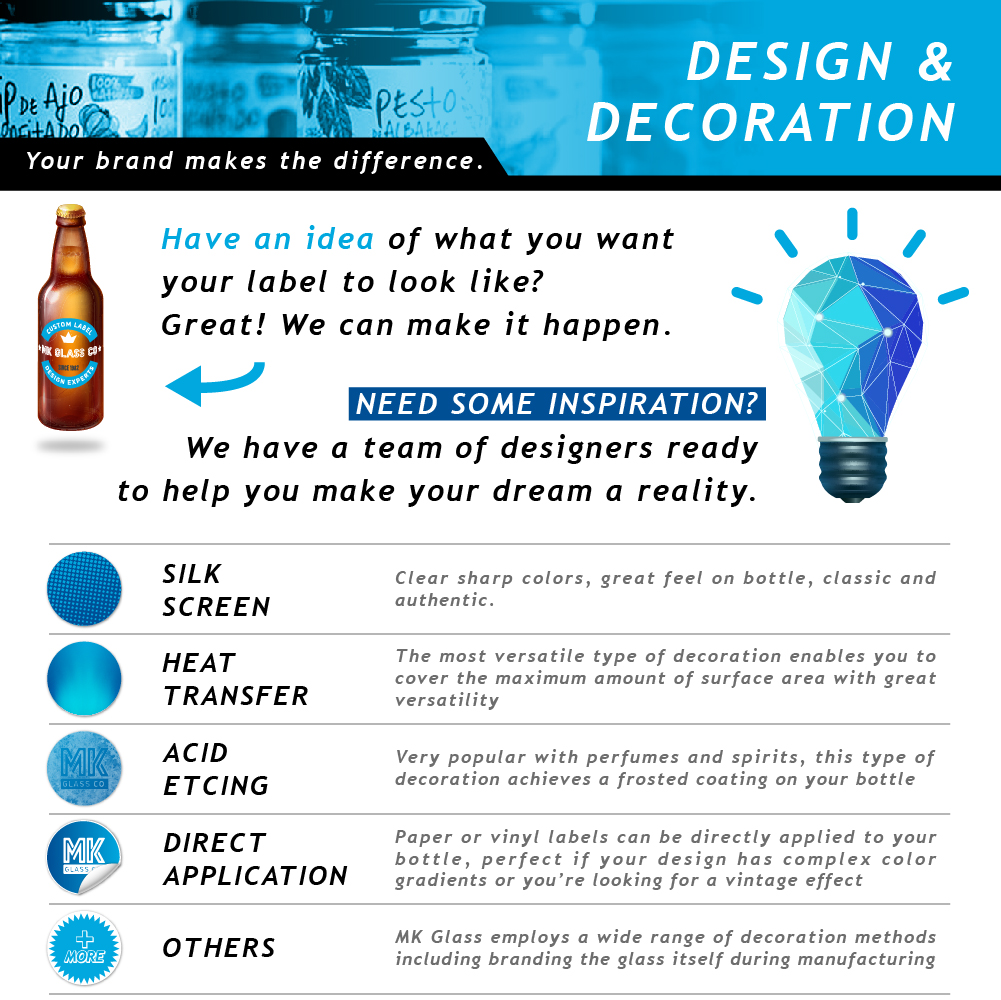
Deciding to incorporate China into your supply chain can be a big step. Even if you have done it before, the value add is often found in avoiding certain pitfalls. MK Glass Co. makes service our number 1 priority. We do that by being there for you! If you have any question at all, don’t hesitate, let us know!
